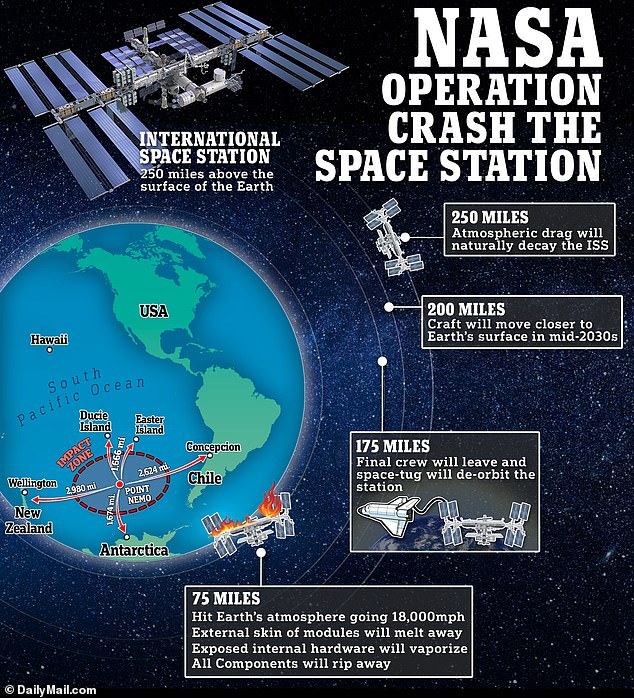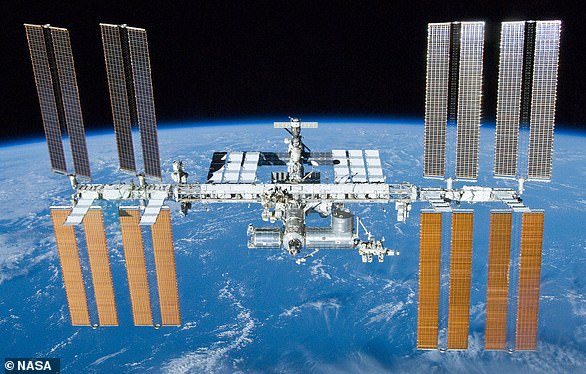It has been home to astronauts for almost 25 years, about 400 miles above the Earth’s surface.
But the International Space Station will be destroyed in 2030, and now NASA has confirmed its plans for how to do it.
The space agency has selected Elon Musk’s SpaceX to build a ‘space tug’ vehicle that will haul it back to Earth.
When the two reach Earth’s atmosphere, they will burn up, but NASA expects the risk of debris raining down on us to be very small.
Whatever SpaceX’s tug looks like, it will have to be unmanned to prevent any Hollywood-style heroic astronauts from sacrificing themselves.
NASA has selected Elon Musk’s SpaceX to build a “space tug” vehicle that will take it back to Earth. When the two reach Earth’s atmosphere, they will burn up, but NASA expects the risk of debris raining down on us to be very small.
It would be a sad end for the iconic ISS, which has been an orbital laboratory and housing for astronauts from around the world since 2000.
“Selecting a U.S. deorbit vehicle for the International Space Station will help NASA and its international partners ensure a safe and responsible transition to low-Earth orbit at the end of station operations,” NASA said in a statement. a statement.
“While the company will develop the deorbiting spacecraft, NASA will take ownership of it after development and operate it throughout its mission.”
SpaceX has been awarded $843m (£666m) to design and build the ‘US Deorbit Vehicle’, which could resemble its Dragon series carrying crew and cargo.
The first step in NASA’s plan is to allow the ISS to begin “decaying” in its orbit, meaning it will naturally approach Earth due to our planet’s gravitational pull.
During this time, atmospheric drag will reduce the orbit from about 250 miles above the surface to 200 miles, although this will take a few years to happen.
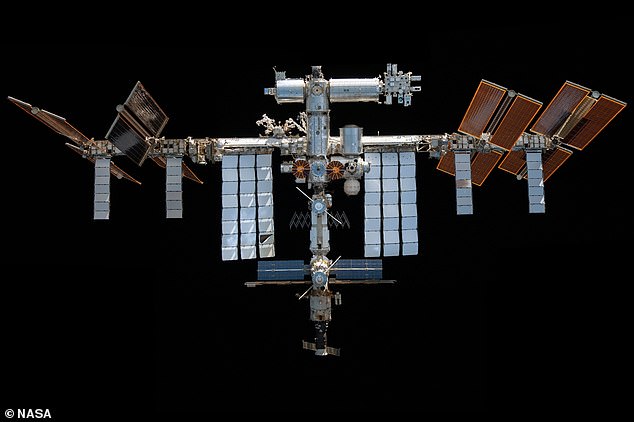
Bottom view of the International Space Station (ISS) in November 2021, which maintains an orbit approximately 400 kilometers (250 miles) above Earth.
In 2030, the ISS crew will make their final descent to Earth, bringing back crucial equipment.
The ISS will continue to approach Earth, reaching the “point of no return” 175 miles above the surface.
And this is where the SpaceX tug will somehow have to tether to the ISS and drag it into the planet’s atmosphere.
The vast majority of the two spacecraft are expected to be burned up by the high temperatures of our atmosphere, but some could pass through it.
Dr James Blake, a space debris researcher at the University of Warwick, said the mission should ensure this material reaches the ocean rather than land.
“Although much of the structure is expected to separate and burn up upon re-entry into Earth’s atmosphere, some dense or heat-resistant components (such as the armor that forms the backbone of the station) are likely to survive.” said Dr. Blake. he told MailOnline.
“However, NASA and its partner agencies have opted for controlled re-entry, which will mean that re-entry will be conducted in a manner that ensures that any surviving fragments will land in an uninhabited region of the ocean, minimizing the risk to people and property in the earth.’
According to the European Space Agency, the annual risk of a human being injured by space debris is less than one in 100 billion.
This is approximately 1.5 million times lower than the risk of dying in a domestic accident and 65,000 times lower than the risk of being struck by lightning.
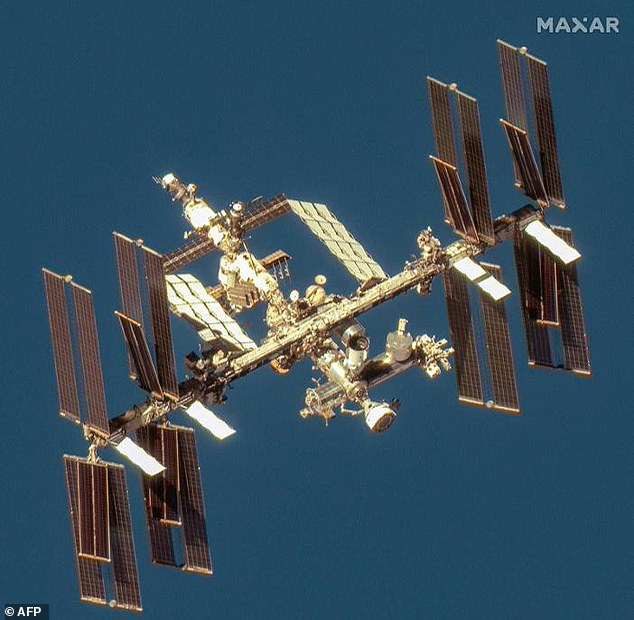
It follows several gas and coolant leaks from the ISS in recent years, including one from a mysterious hole believed to have been deliberately made. Pictured here, the ISS on June 7, 2024.
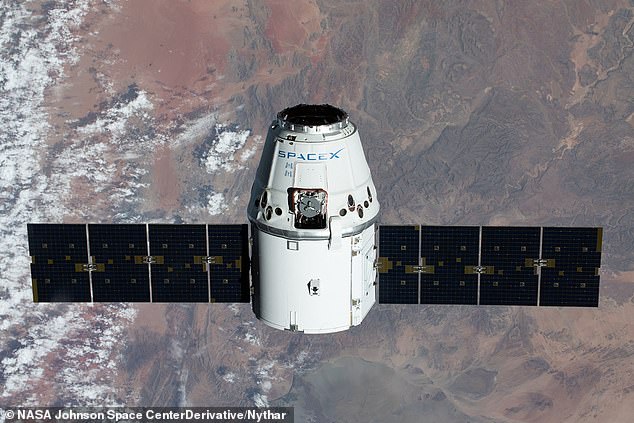
Pictured is SpaceX’s Cargo Dragon approaching the ISS in 2020. SpaceX has already developed a spacecraft that can transport crew and cargo to the space station.
NASA will dismantle the ISS early in the next decade due to stresses on the structure that have built up over time, as well as aging components.
The agency says: “The International Space Station’s major modules and components have specific structural, data and power architectures that may not be compatible with future platforms.”
It follows several gas and coolant leaks from the ISS in recent years, including one from a mysterious hole allegedly made deliberately.
Following calls to bring the ISS safely to Earth for public display or to reuse parts, NASA called this process “unfeasible” and “very complex and expensive.”

